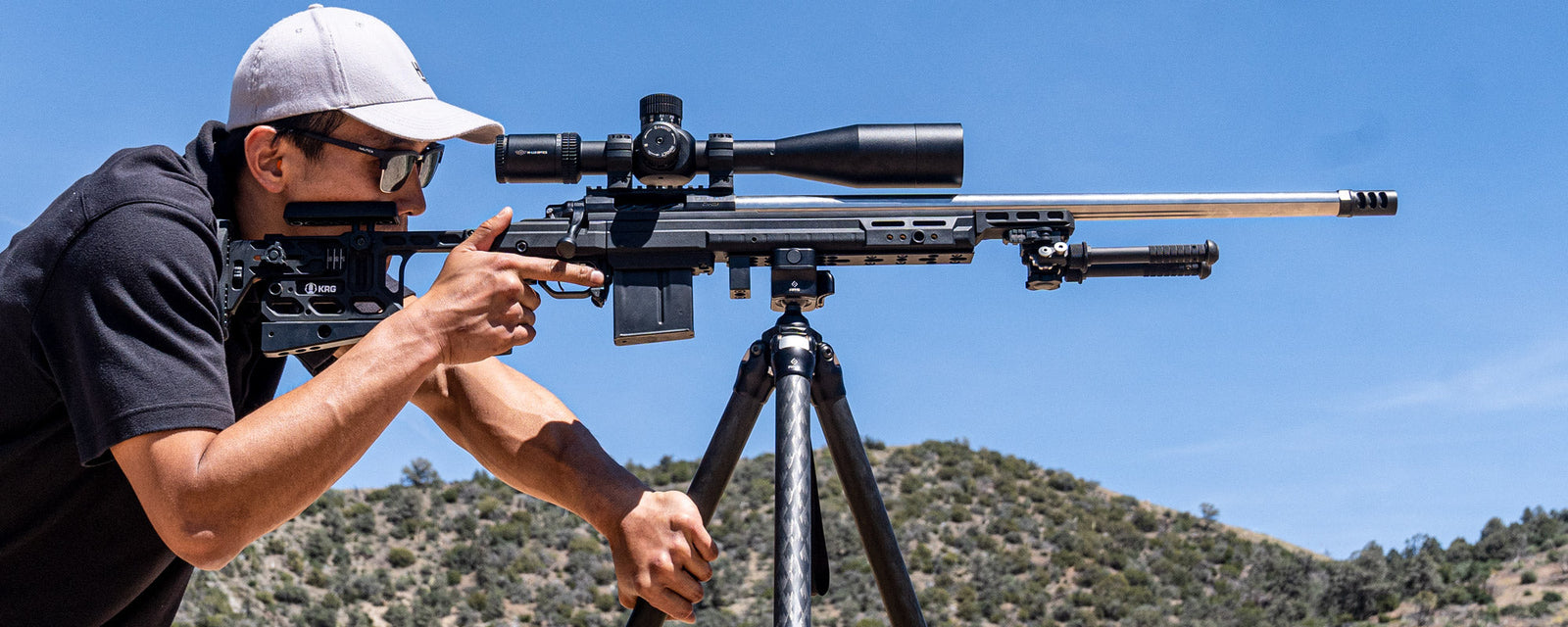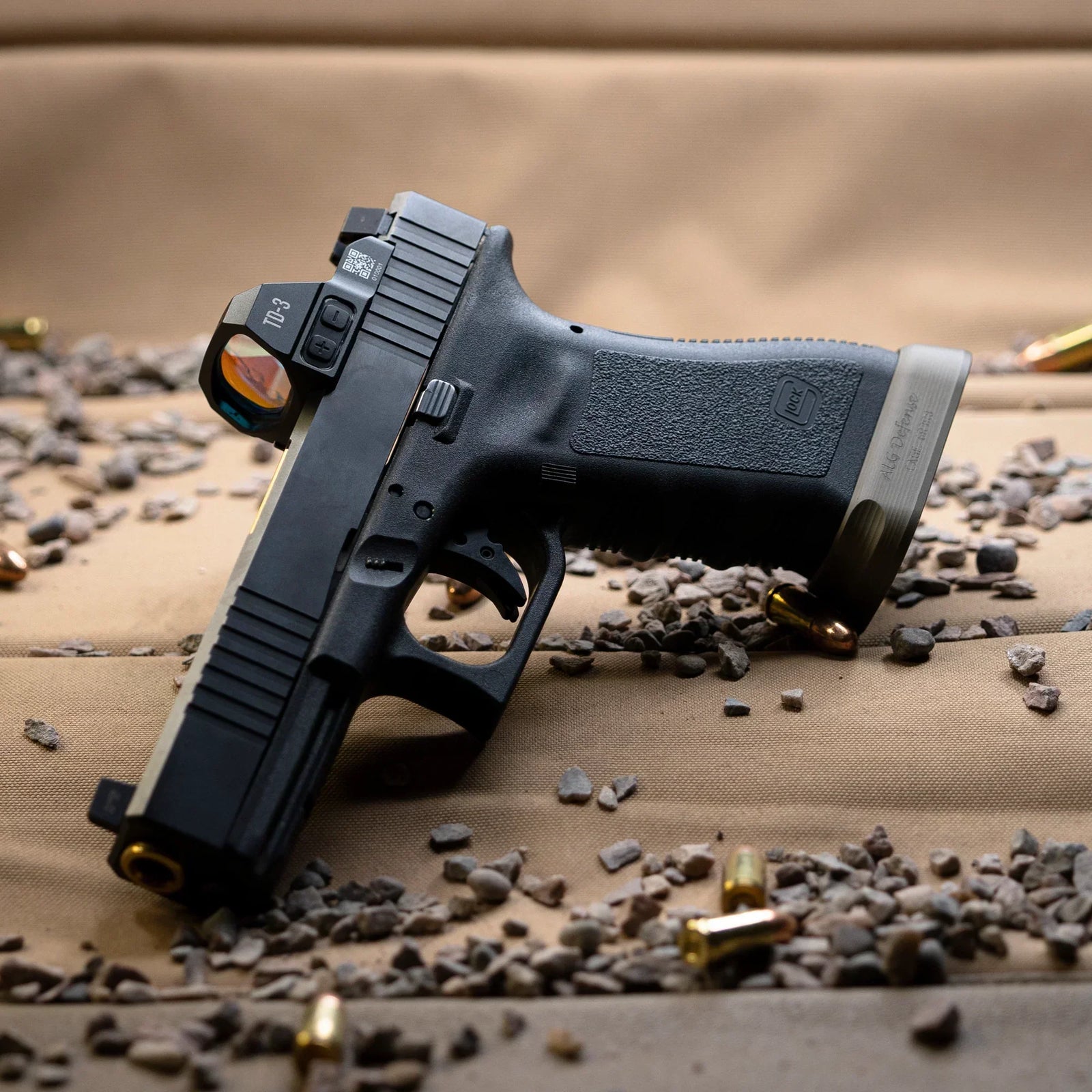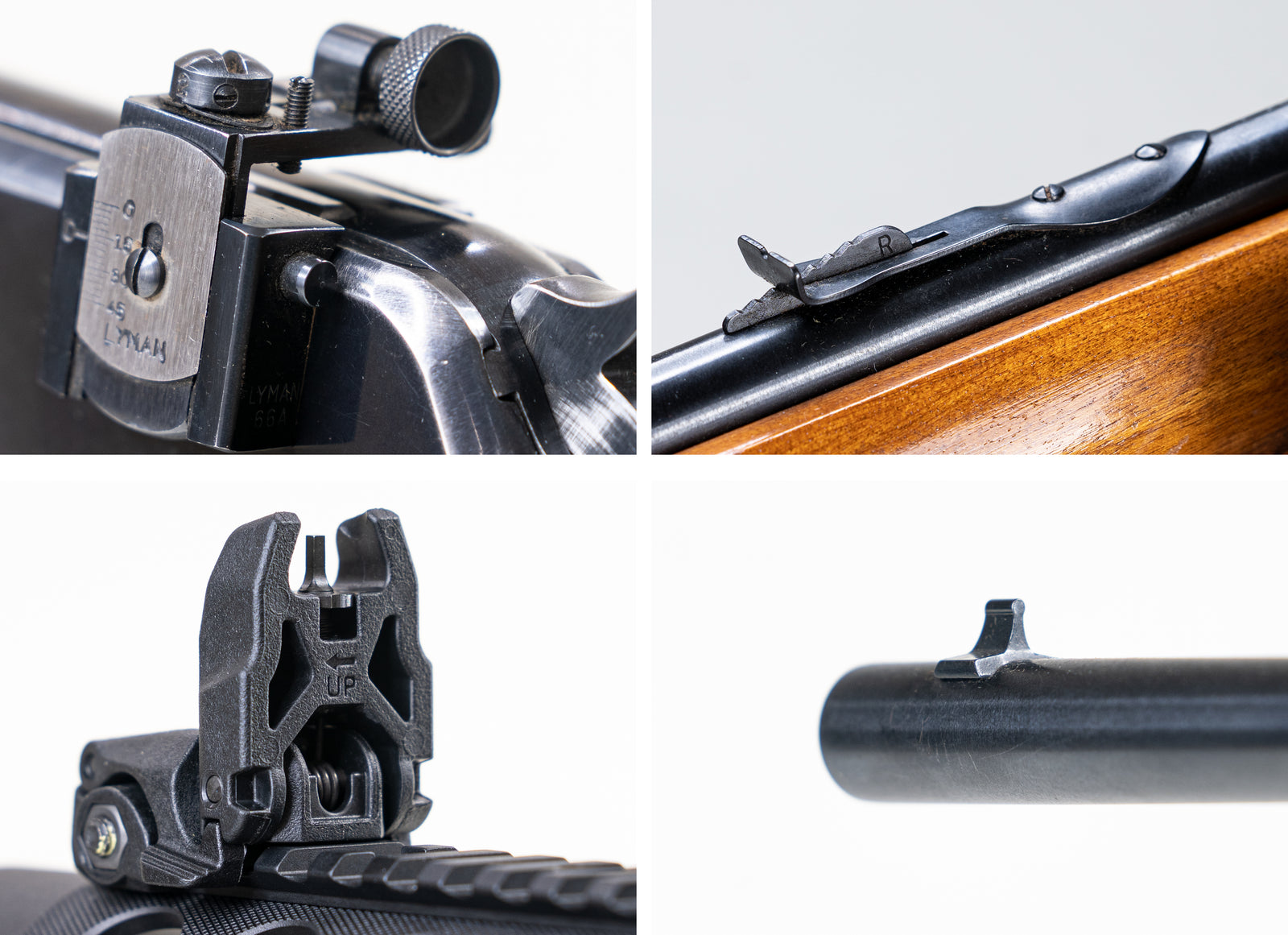Sometimes, you will need to be able to focus your scope. In a scope, there are two types of focus - the eyepiece diopter and the parallax adjustment. They are quite different, and will be detailed below.

A scope with an adjustable eyepiece and adjustable parallax.
The Eyepiece
Almost all scopes made in the last 160 years will allow you to adjust the diopter or eyepiece focus. You’ll do this by turning either the whole eyepiece or the rearmost portion of it. If your scope has a rotatable eyepiece, you will find a locking nut alongside it on the threaded rear portion of the scope tube. Once the focus is set, lock the eyepiece in place using the locking nut. If your scope has a rotatable diopter, it should have a +/- indicator of some sort atop the eyepiece and no locking nut.
Focusing the eyepiece will set the scope for your glasses prescription. You will only have to do this once when initially setting up the scope, unless your prescription changes.
The best way to do this is by pointing your scope at something plain and neutral. A plain wall works fine, as does the open sky. Then, simply rotate the eyepiece until your reticle looks crisp and sharp. You’re all done.

Two styles of eyepieces - the left with an adjustable diopter, the right with a rotating and locking eyepiece.
Parallax
Focusing your parallax is much like focusing a camera lens. Your parallax setting will be changed depending on the distance to your target. Not all scopes have the ability to adjust parallax. If the parallax is adjustable, it will be controlled by either a knob near the turret block (which looks much like a turret), or else by turning a ring near the objective lens or the whole objective lens itself. A written description for parallax does not do the effect justice, so please bear with me.
When you adjust the parallax, the target may become noticeably blurrier or sharper. You’ll want to keep adjusting the parallax until the target is sharp. For some scopes, it may be difficult to determine when the target is at its sharpest. In these situations, you’ll need to check the parallax by looking at the reticle's movement.
The parallax setting is the distance that the scope’s optical system is set to align at. While this seems like a complicated concept, the test for proper parallax is rather easy. Set your rifle in a stable position - use sandbags, a backpack, or some other equipment to completely stabilize your rifle. Make sure that your scope is looking at an easily-identifiable object, preferably the target. Now, look through the scope without touching or moving the rifle in any way. While you’re looking through the scope, move your head slightly side-to-side. Ideally, your reticle should stay looking at exactly the same spot on the target. If the reticle seems to float side to side as you move your head, the parallax is not set at the proper distance. Adjust the parallax while moving your head, keeping an eye out for when the reticle no longer drifts side-to-side.
Parallax is often easy to judge by target sharpness. For this, you cannot simply rely on the distance indicated on the parallax knob. The focus you set at your eyepiece may shift the parallax setting. Instead, it’s still best to rely on your eye to tell you when everything looks correct.
Though it may seem like a minor issue, an improper parallax setting can cause a near-miss instead of an impact. When you move your head side to side to test for parallax, you’re simulating a poor cheek weld. As your head moves side to side, your eye assumes a slightly different alignment with the optical path of the scope. With the proper parallax setting, a slight misalignment of this sort will have no effect. If you have a perfectly repeatable cheek weld, such that your head (and eye) always return to the same position, it will have the same effect as a perfect parallax setting. Your head will likely always be at least slightly out of perfect alignment, so it is good practice to set the parallax to the proper distance. If you have an inconsistent cheek weld and improper parallax, your groups will open up merely due to a visual effect.

A target under different parallax settings. The target is at 100 yards.





Leave a comment (all fields required)